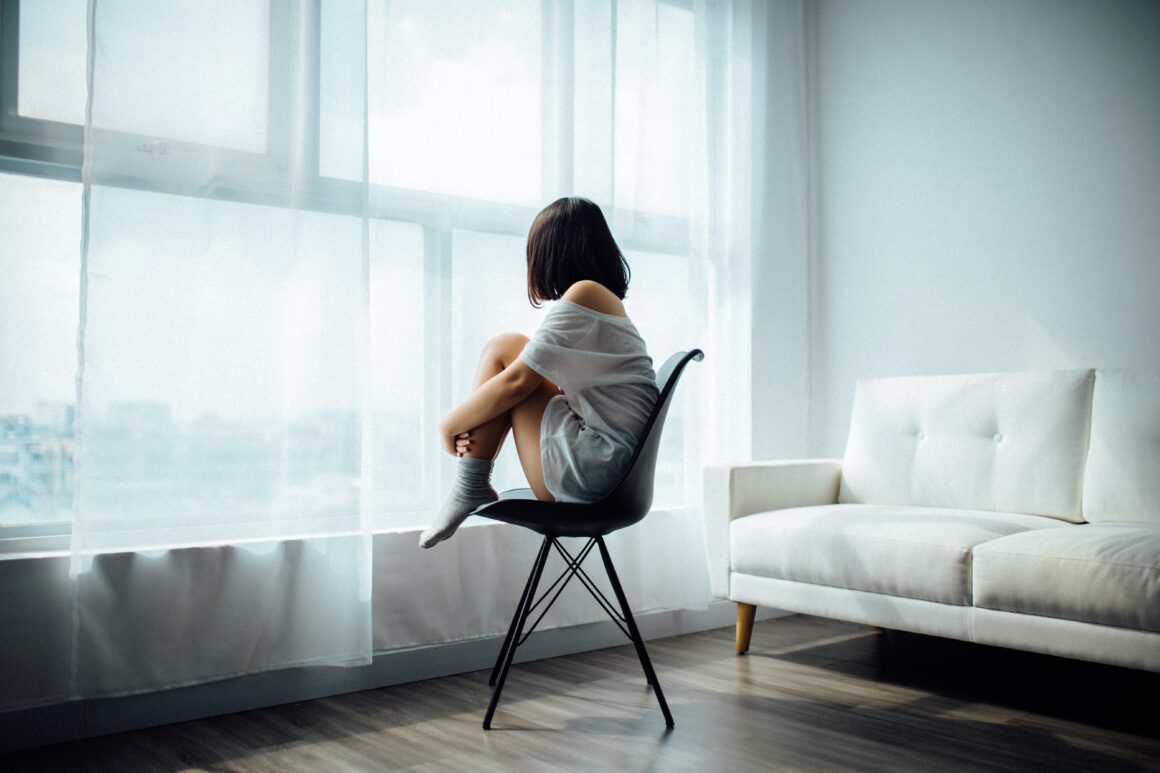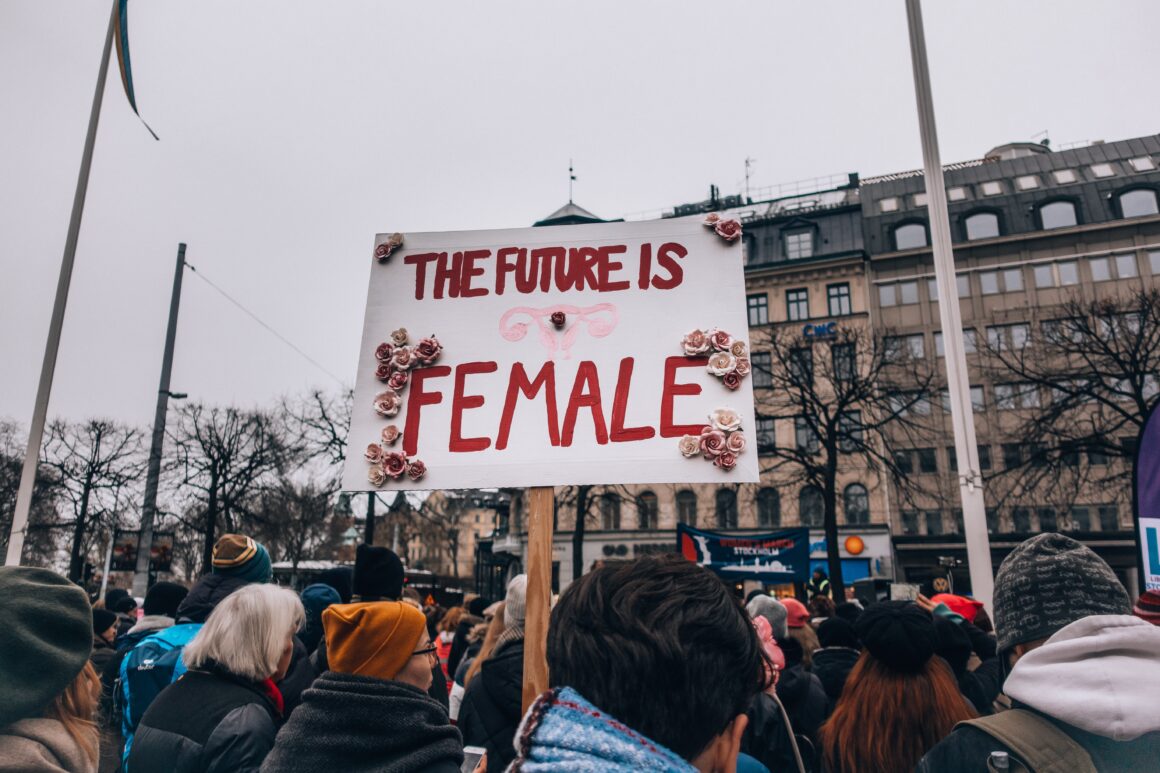 Women are often on the receiving end of abuse. Whether through sexual, physical or psychological means, they’re at risk of some form of harassment. The internet, which serves as a microcosm of social interaction, shows us this in horrific detail.
Women are often on the receiving end of abuse. Whether through sexual, physical or psychological means, they’re at risk of some form of harassment. The internet, which serves as a microcosm of social interaction, shows us this in horrific detail.
Recently the vicious bullying of Leslie Jones painted a clear portrait in which a person is demeaned because of their gender. She is not alone: according to one study 76% of young women experience mistreatment online. A quarter received threats based in physical violence, while 20% were attacked for their appearance.
Considering the constant objectification of women’s bodies, it’s not surprising that sexual harassment is also extremely prevalent. Take, for instance, the phenomenon of “revenge porn,” which involves posting nude photos/videos without an individual’s consent. A review of such cases found that the majority of targets were women, with men usually perpetrating the crimes.
Along with this type of violation, rape threats are used to intimidate and silence their recipients. One only has to look at the gaming community, an environment ripe with gender based persecution, to see the extent of this aggression. Anita Sarkeesian, a woman critical of sexism within this field, has had several trolls graphically detail how they’d rape and then kill her. At one point she had to go into hiding due to the intensity of the attacks.
It gets even worse. Some rapists have taken to filming themselves abusing their victims and then posting the results online. This type of behavior is especially disturbing, since, in the words of psychologist Rebecca Campbell, “it’s a way of asserting dominance and power to hurt the victim over and over again.” The Steubenville, Ohio rape case, in which a high-school girl’s peers happily informed the world of their assault of her via social media, is perhaps the most infamous incident. While her assailants were convicted, others have gone unpunished for their crimes, as in the case of Rehteah Parsons. A 15-year-old who killed herself after pictures of her being gangraped circulated online, all of her attackers avoided jail time.
Some apologists may be tempted to trivialize this abuse, writing it off as the work of nasty trolls who must be ignored. However, it’s important to realize that the harassment of women online has its basis in real world misogyny. It’s not as if social media caused all of this nastiness. Instead it’s merely another vehicle used to belittle women, an attempt to put them in their place. The only way to meaningfully combat this conduct is to remove underlying sexist attitudes.
In the meanwhile, social media must take steps to shut down those who perpetuate such persecution. Twitter made headlines when it finally banned prolific misogynist Milo Yiannopoulos from its website. While some of his cronies decried this action as an attack on free speech, it must be remembered that this is a privilege, not a right, when it comes to private businesses. I encourage other online communities to follow suit. Women deserve to feel safe, both on the internet and in real life, and it’s a priority that we should concern ourselves with.


